Culture techniques of bamboo rodents all the year round
Culture techniques of bamboo rodents all the year round
January: the main goal of feeding and management is to keep warm, improve the reproduction rate and the survival rate of offspring.
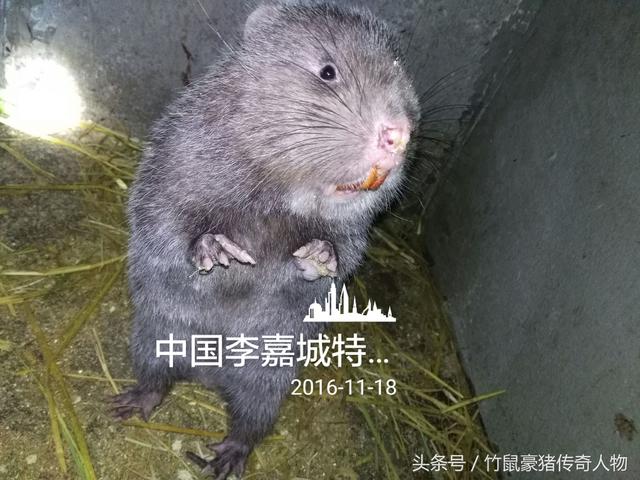
(1) plastic film should be used to shield the doors and windows of the rat house from the wind. Large, small and medium-sized pools are covered with plastic film for thermal insulation. When the cold wave comes, heat up the room properly, and at the same time, move all the bamboo rats into the insulation trough of the small pool and the large and medium pool to thicken it.
Bedding grass, covered with double-layer plastic film for heat preservation.
(2) pay special attention to nursing mothers and offspring, and be sure to feed nutritious meals at night.
(3) sometimes there is a "windy day back to the south" in January, and the room is very muggy and humid, so it is necessary to uncover the plastic film and let the water vapor out in the nest pool.
(4) to ensure that there are enough fresh green materials, it is the season to cut sugar cane in the south, and all sugarcane should be avoided and the feed is too simple.
(5) in case of continuous drizzle, the moisture of green coarse material can not be dried, it should be rinsed with potassium permanganate water or lime water and then fed.
(6) if the north wind is dry and cold for a long time and the air is dry, it should be fed with warm salt water mixed with concentrate, and succulent feed should be added appropriately to prevent bamboo rats from being short of water.
(7) check once every night and find that sleeping in piles should be evacuated properly to prevent weak mice from being crushed to death.
February: the main goal of feeding and management is still heat preservation, at the same time to prevent the interruption of raw materials, do a good job of simultaneous estrus, and improve the conception rate.
(1) this month is the Spring Festival holiday, feeding and management is easy to relax, so it is necessary to conscientiously implement the staff on duty.
(2) conscientiously make a good plan for the supply of green and coarse materials and collect them to keep them fresh before the festival. Those who feed coarse dry materials should pay attention to soaking in soft water.
(3) the practice of heat preservation is the same as that of January.
(4) the weaned mice were concentrated in the middle pool for care, and the unbred female rats were fed with estrus synchronized drugs.
(5) pay attention to prevent feed from mildew poisoning.
March: the main goal of feeding and management is to prevent cold and diarrhea and make a good second choice.
(1) the temperature rebounded this month, spring ploughing was busy, and feeding and management were easy to ignore. In rural areas, it is often left behind after feeding. As a family bamboo rat farm, someone should be in charge of spring ploughing, production and breeding.
There is no mistake between bamboo and mouse.
(2) the temperature changes greatly at noon and evening this month, hot and cold alternately, prone to colds and diarrhea. We should do a good job in disease prevention.
(3) due to the lack of green and succulent feed, attention should be paid to the supplement of multiple vitamins and water.
(4) most of the offspring born in autumn and winter last year had 750-1000 grams, which was the best time for secondary selection. The offspring of high-yield mother mice should be selected and matched according to the secondary selection procedure.
(5) those with a small number of breeding should exchange male and female mice with other farmers before pairing to prevent inbreeding.
(6) to formulate a breeding plan for the current year and do a good job in eliminating the old species and replenishing the new species.
April: spring blossoms are the peak season for mating and breeding this month, and raising the conception rate is the main goal of feeding and management this month.
(1) check the pregnancy in detail, isolate all the non-pregnant adult female mice, conduct a second synchronous estrus, and strive for breeding at the end of this month.
(2) to improve the feeding and management around improving the conception rate.
(3) adjust the industrial structure and plant green roughage according to the plan.
(4) with the increase of air temperature, the plastic film covering doors, windows and pool surface can be completely removed. Carry out a thorough cleaning of the mat grass and accumulated dung in the bamboo rat nest and pond, and replace it with clean mat grass.
(5) pay attention to the prevention of feed mildew poisoning.
May: this month is the end of the peak season of natural estrus, and it is also a month with more diseases of bamboo rats, so the main goal of feeding and management is to improve the conception rate and prevent diseases.
(1) carefully ingredient, increase nutrition and promote natural estrus.
(2) strengthen cleanliness and hygiene, disinfect feed and remove mildew, and reduce the occurrence of diseases.
(3) feed medicine and feed to prevent diseases.
(4) adding antibiotics such as ciprofloxacin to the concentrate to prevent failure and gastrointestinal diseases.
June: the weather is already hot, the main goal of feeding and management is to improve the living environment of bamboo rats and pay attention to the sanitation of feed and drinking water.
(1) keep the bamboo and rat nest pond cool and dry, prevent direct sunlight, the floor of the nest pond is dry, and the nest grass is fresh and mildew-free.
(2) the raw material is fresh. A large amount of green bamboo and wood can be placed in large and medium-sized ponds to give bamboo rats a sense of returning to nature.
(3) carefully check the cleanliness and hygiene of feed and drinking water, and properly use disinfection and preventive drugs.
(4) it is not suitable to transport seedlings in large quantities over long distances.
(5) feeding more fresh and tender materials to save concentrate and reduce feeding cost.
July: it has entered the summer day, the main goal of feeding and management is to cool down and relieve summer heat.
The main results are as follows: (1) conscientiously implement the ten measures of cooling bamboo rats in summer.
(2) seriously prevent bamboo rats from heatstroke and supplement the feed for cooling and relieving heat.
(3) male rats raised alone should not be mated with female rats.
(4) the small ponds were moved to the big ponds, and the bamboo rodent farms with poor cooling conditions stopped breeding.
August: has entered Greater Heat, is the hottest weather of the year, feeding management is mainly to cool down and relieve summer heat.
(1) continue to implement 136 measures for cooling and relieving heat.
(2) flexible application of cool feed and cool medicine.
(3) conditionally move the breeder to a shady basement for breeding.
(4) stop mating and reproduction and miss August in the timing of estrus synchronization.
(5) long-distance transport of breeding rats by vehicles is prohibited.
September: although the Beginning of Autumn, the south is still a continuous high temperature, feeding management is still to cool down the summer heat as the main goal.
(2) continue to implement 136 measures for cooling and relieving heat.
(3) the weather turns cool in the next ten days, so we should pay close attention to breeding.
(4) feeding more agricultural and sideline products, pay attention to prevent poisoning caused by pesticide pollution.
(5) it is necessary to prevent both muggy heat and wind blowing.
October: there is a big temperature difference between noon and evening, the climate is dry and cool, it is the peak breeding season, and it is also a month with frequent occurrence of colds and diarrhea. The main goal of feeding and management should be to improve the conception rate and prevent colds and diarrhea.
.
(1) pay attention to opening the doors and windows of the rat house at noon to cool down and dissipate the heat, and close the doors and windows in time to keep warm in the evening to prevent catching cold.
(2) careful comparison to ensure nutrition and promote estrus mating.
(3) storing corncobs and collecting feed in winter.
(4) pay attention to prevent feed from mildew poisoning.
(5) seed selection, introduction and long-distance transportation can be made in the second half of the month.
(6) Commercial meat mice are fattened out of the fence.
November: the weather becomes cold and the cold wave is frequent. Keeping warm and improving the survival rate of litter are the main goals of this feeding management.
(1) to prevent cold and keep warm is the focus of feeding and management this month. Practice has proved that when the weather suddenly turns cold, bamboo rats will die in batches when they are blown by the cold wind.
(2) the mother and young mice should be fed concentrate at night to improve the survival rate and prevent cold and hunger from dying.
(3) check every night and find that those who sleep to keep warm should add mat grass to the nest and separate the bamboo rats sleeping in the pile to prevent them from being crushed to death.
(4) the temperature below 12 degrees should be fed with warm boiled water or warm porridge.
(5) carry on the whole group of bamboo rats, separate the emaciated bamboo rats and the eliminated old species rats, and fattening them for about 20 days to sell as commercial meat rats.
(6) the feed should be kept fresh. Dry feed should be accompanied by juicy drinks to ensure that bamboo rats are not short of water.
December: it is cold in winter, keeping warm and fattening is the main goal of feeding and management this month.
(1) the doors and windows of the rat house should be tightly sealed with plastic film to prevent the cold wind from blowing into the nest. The nest mat is twice as thick as usual.
(2) when the temperature is 15 degrees, the surface of the breeding pool should be half covered with cardboard or plastic film, and when the temperature is 10 degrees, it should be covered with plastic film. When the temperature is 5 degrees, the surface of the pool should be covered with double film. Indoor fire or discharge furnace heating can also be used.
Chicken umbrella heating (large and medium-sized ponds with insulation troughs can not be heated by fire).
(3) the newborn lactating mother rats were checked twice every morning and evening to judge whether the offspring were hungry and cold by observing the diet of the mother rats.
(4) add oil feed, stir-fry soybeans, sunflower seeds and hemp kernels to increase cold resistance and speed up fattening.
(5) feed the concentrate while it is hot with warm boiling water or hot porridge. At the same time, pay attention to feeding succulent feed to prevent the food from being too dry and causing bamboo rats to die from lack of water.
(6) Commercial meat mice are fattened and sold.
(7) make a good summary of scientific feeding and management in the whole year.
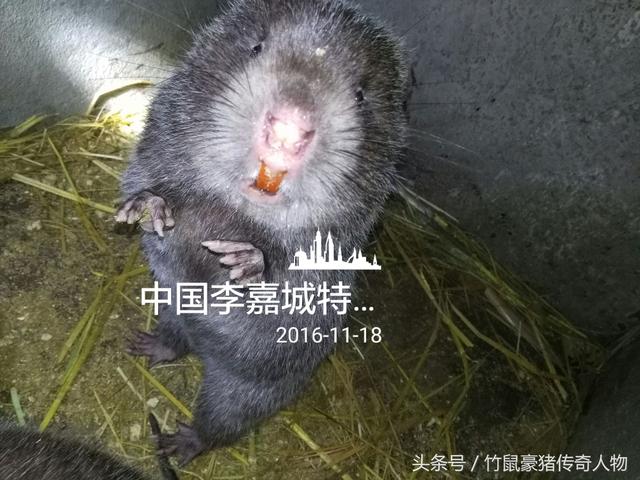
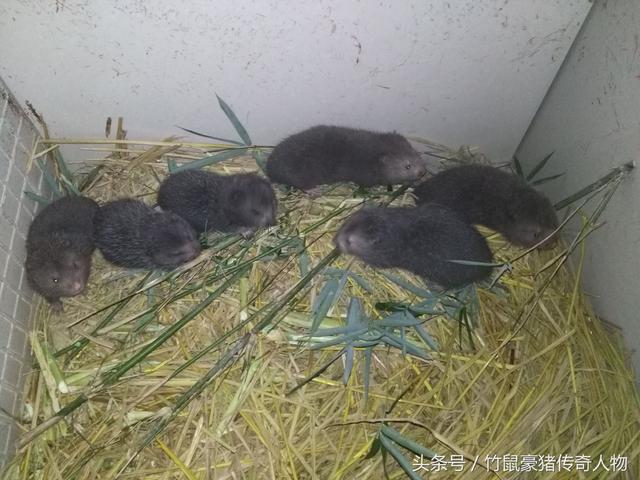
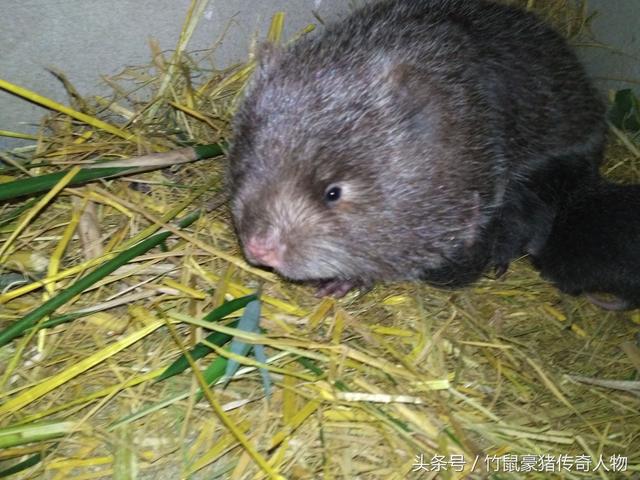
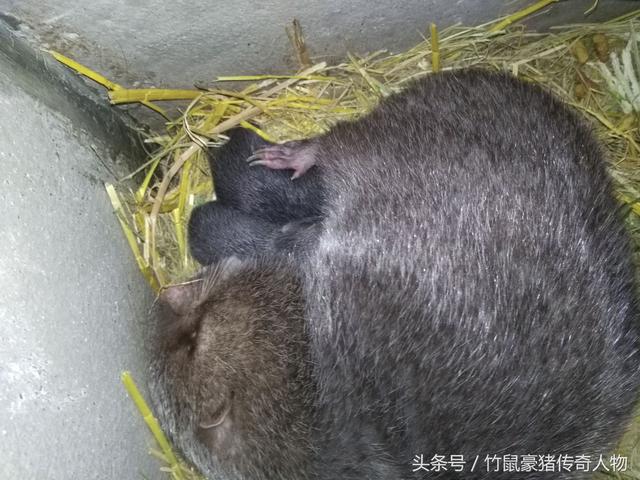
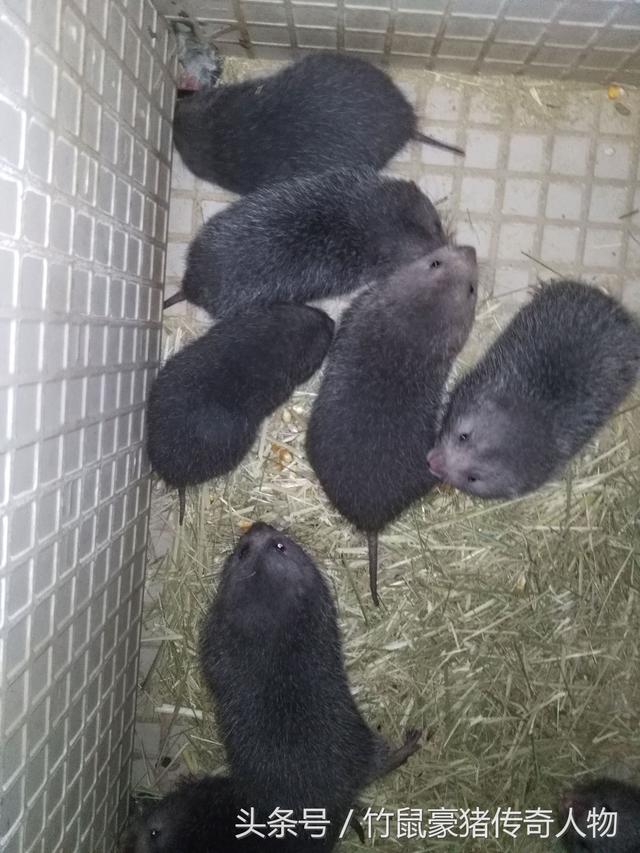
Focus on breeding porcupine and bamboo mouse for many years. Year-round to provide high-quality porcupine seedlings, bamboo mouse seedlings, price concessions, door-to-door delivery, to provide comprehensive breeding technology, fence construction guidance. Can make on-the-spot investigation and study and sign a long-term recycling contract. Contact Tel. / Wechat: 14707076492 Li Jiacheng
If you think this article is useful,
Please share. Enjoy and send it to your friends.
Thank you
- Prev
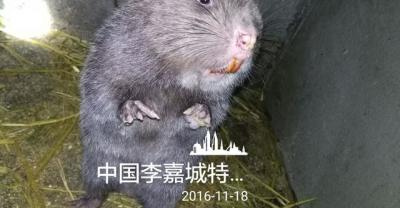
Loach breeding cost analysis accounting: raising loach to make money? Loach farming costs and profits
I. Loach breeding cost: How much does it cost to breed loach on one mu of land? It's hard to say its cost in different locations. You can base it on the cost of an acre of pond.
- Next
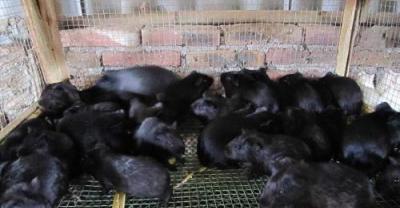
Culture methods and matters needing attention of Celosia cristata
Celosia cristata is a very common herb. Many people who are fond of cockscomb will choose to decorate it at home or in the courtyard. Let's take a look.
Related
- On the eggshell is a badge full of pride. British Poultry Egg Market and Consumer observation
- British study: 72% of Britons are willing to buy native eggs raised by insects
- Guidelines for friendly egg production revised the increase of space in chicken sheds can not be forced to change feathers and lay eggs.
- Risk of delay in customs clearance Australia suspends lobster exports to China
- Pig semen-the Vector of virus Transmission (4)
- Pig semen-the Vector of virus Transmission (3)
- Five common causes of difficult control of classical swine fever in clinic and their countermeasures
- Foot-and-mouth disease is the most effective way to prevent it!
- PED is the number one killer of piglets and has to be guarded against in autumn and winter.
- What is "yellow fat pig"? Have you ever heard the pig collector talk about "yellow fat pig"?

